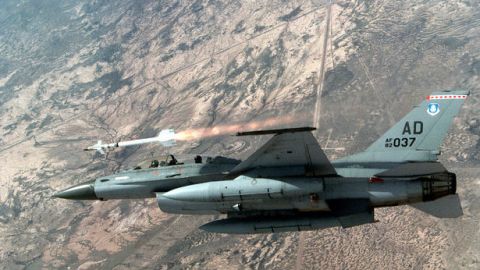A Day in the Life of a Drone Operator

What’s the Big Idea?
President Eisenhower’s 1961 farewell address famously cautioned Americans that “only an alert and knowledgeable citizenry can compel the proper meshing of the huge industrial and military machinery of defense with our peaceful methods and goals.” In the years that followed, the ramping up of the Cold War and a decades-long government spending spree on R&D instead produced an arsenal of unmanned predator drones intended to limit the loss of American lives on the ground. Today, an operator in Nevada can collect intelligence or fire a missile in Iraq from his or her desk, and“micro drones” the size of insects are in the works. But as the machinery shrinks, questions about its impact–and our goals for it–grow larger. Of course, technological advances frequently outpace our ethical framework for making sense of them, but when we’re talking about the military, there are more than widgets at stake.
Here, P.W. Singer, author of Wired for War, explains the psychological effects of fighting remotely:
What’s the Significance?
While researching his book, Singer contacted a Three-Star Air Force General who told him that very soon there will be tens of thousands of robots fighting human conflicts.
Drones “don’t have humans in them,” he says, but they record everything that they see. “In some ways that can be good because now the public can have an eye into the battlefield in a way it never could before.” However, “it’s just like video downloads: people use them for education and news, and they use them for entertainment.” He worries that a perceived lack of personal or national risk will lead to public complacency about the costs of war.
There are already several thousand video clips of robotics at war on YouTube: “One of the ones that was sent to me was footage of a predator drone taking out an enemy site and the bodies blowing into the air.” (The footage was set to the song “Fly” by Sugar Ray.)





